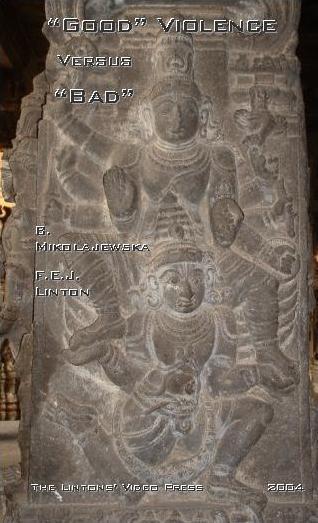
| Read this book online |
|
Cover photo: Garuda as vehicle of Vishnu. Sculptured pillar,
Varadarajaperumal Temple, Kanchipuram (Tamil Nadu), India.
About this book: If, in the Mahabharata, we try to understand the significance of the vindictive curse cast upon the Sacrificial Fire by the vengeful sage Bhrgu, and of its consequences – if we seek to grasp the meaning of the circumstances surrounding the birth of the great bird Garuda, his struggle against his snake siblings, his successful quest for the divine Soma, and his conflict and ultimate accommodation with Indra – and if we examine the vicious Snake Sacrifice of King Janamejaya, how these prior events led up to it, and how it is surprisingly aborted – we find ourselves in the presence of metaphors and imagery whose content is not easy to grasp.
The book argues, following the well-developed complex of insights that René Girard has developed in his extensive studies on violence and the sacred, that everywhere their focus is on the differentiation of “bad” violence from “good,” and on the necessity to block the “bad” violence of uncontrolled reprisal (which Girard’s mimetic theory describes as part of a mimetic cycle of desire, rivalry, revenge, and retribution) by means of the controlled “good” violence of appropriate sacred ritual – which, alas, despite religion’s meticulous care to distinguish the good from the bad, can all too easily degenerate, thanks to the mimetic mechanism Girard has uncovered, into “bad” violence all over again.